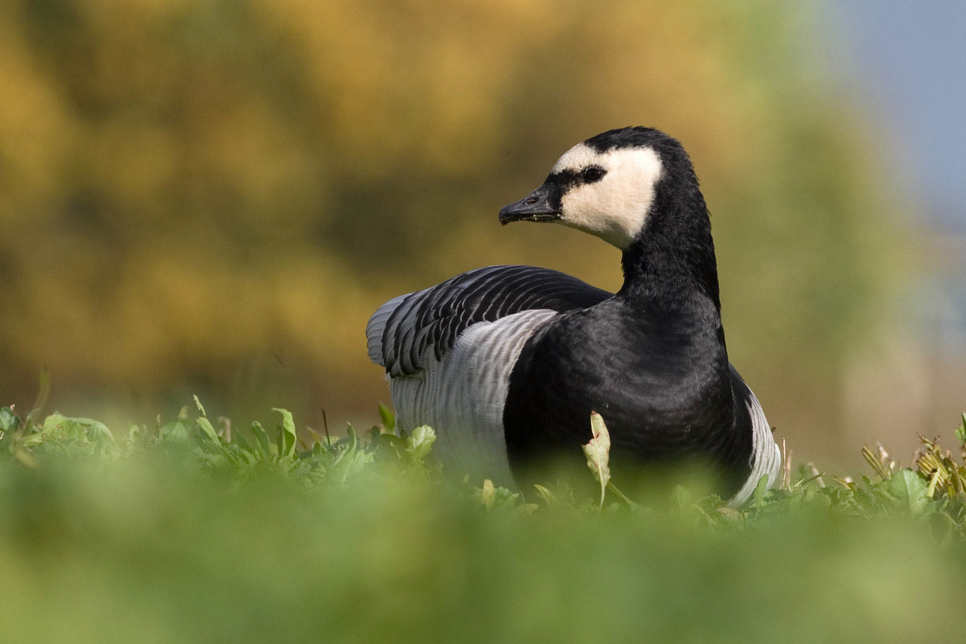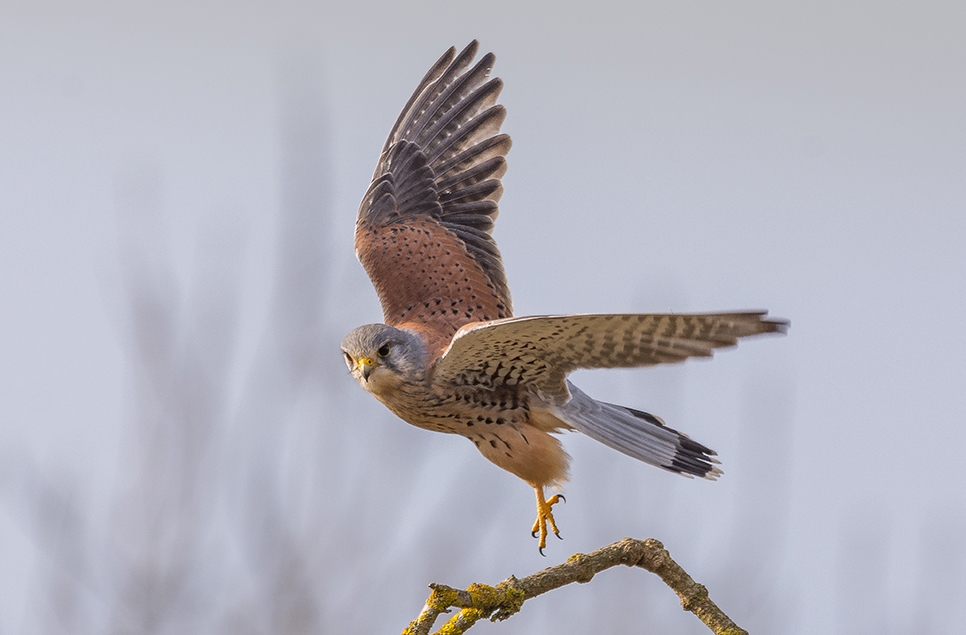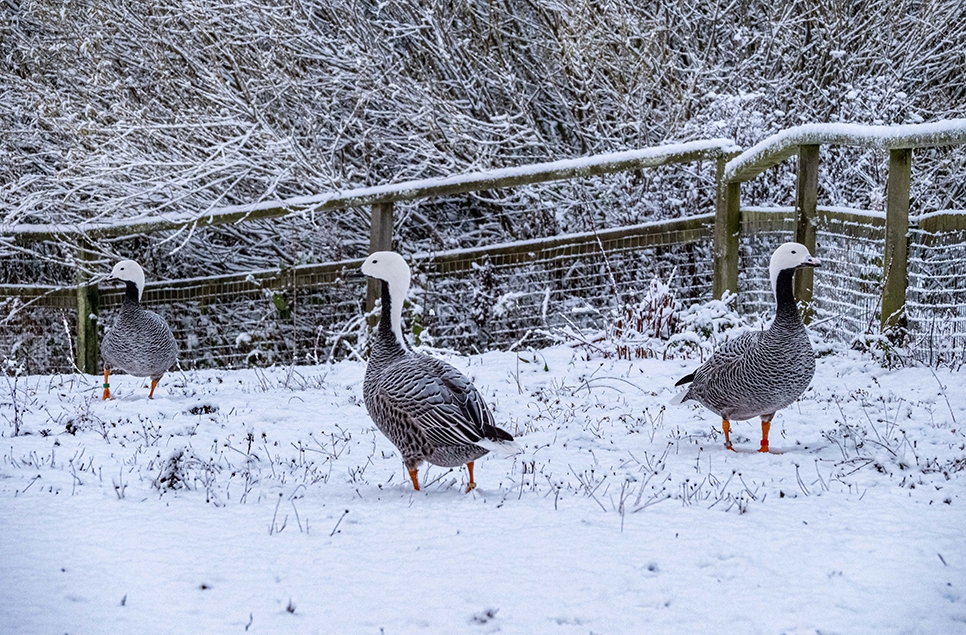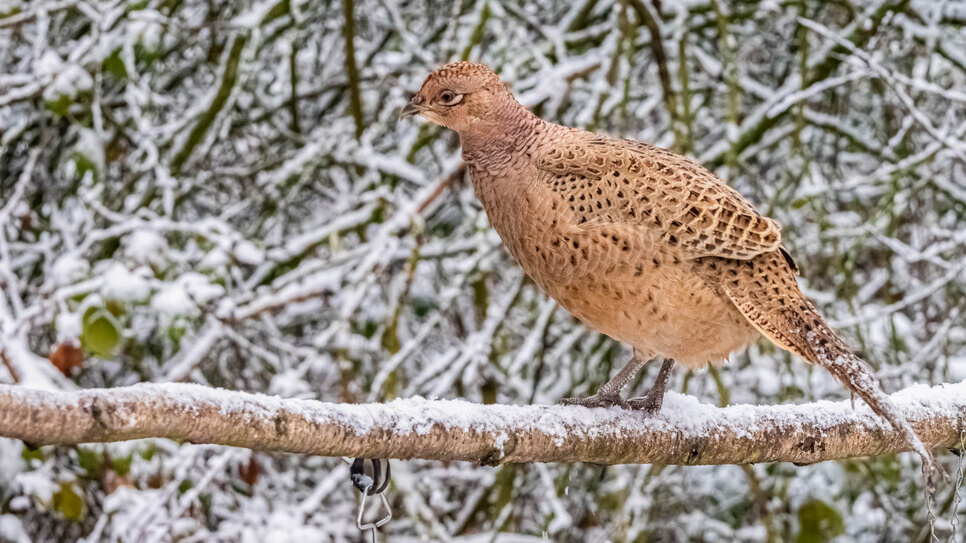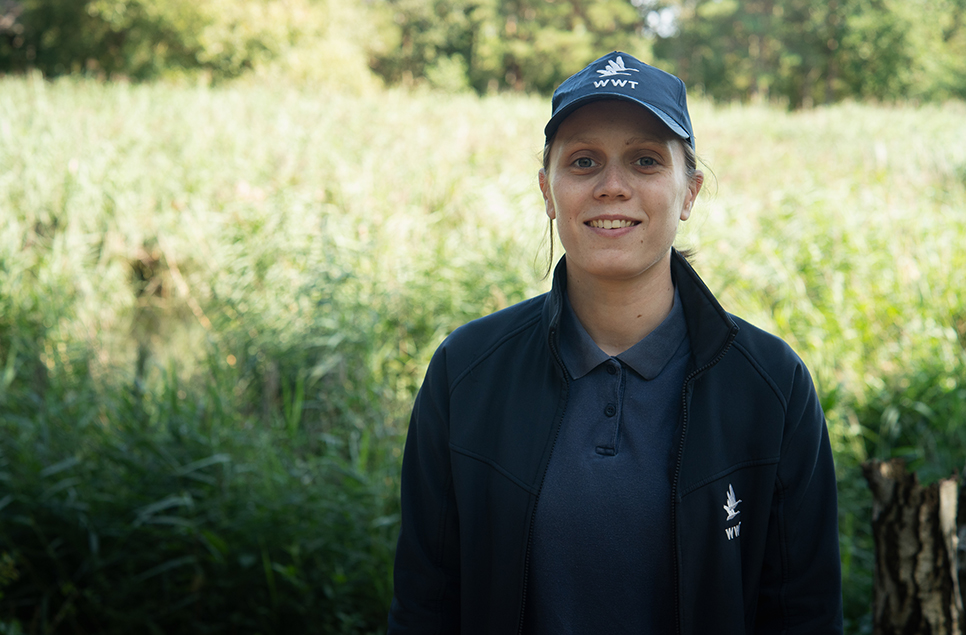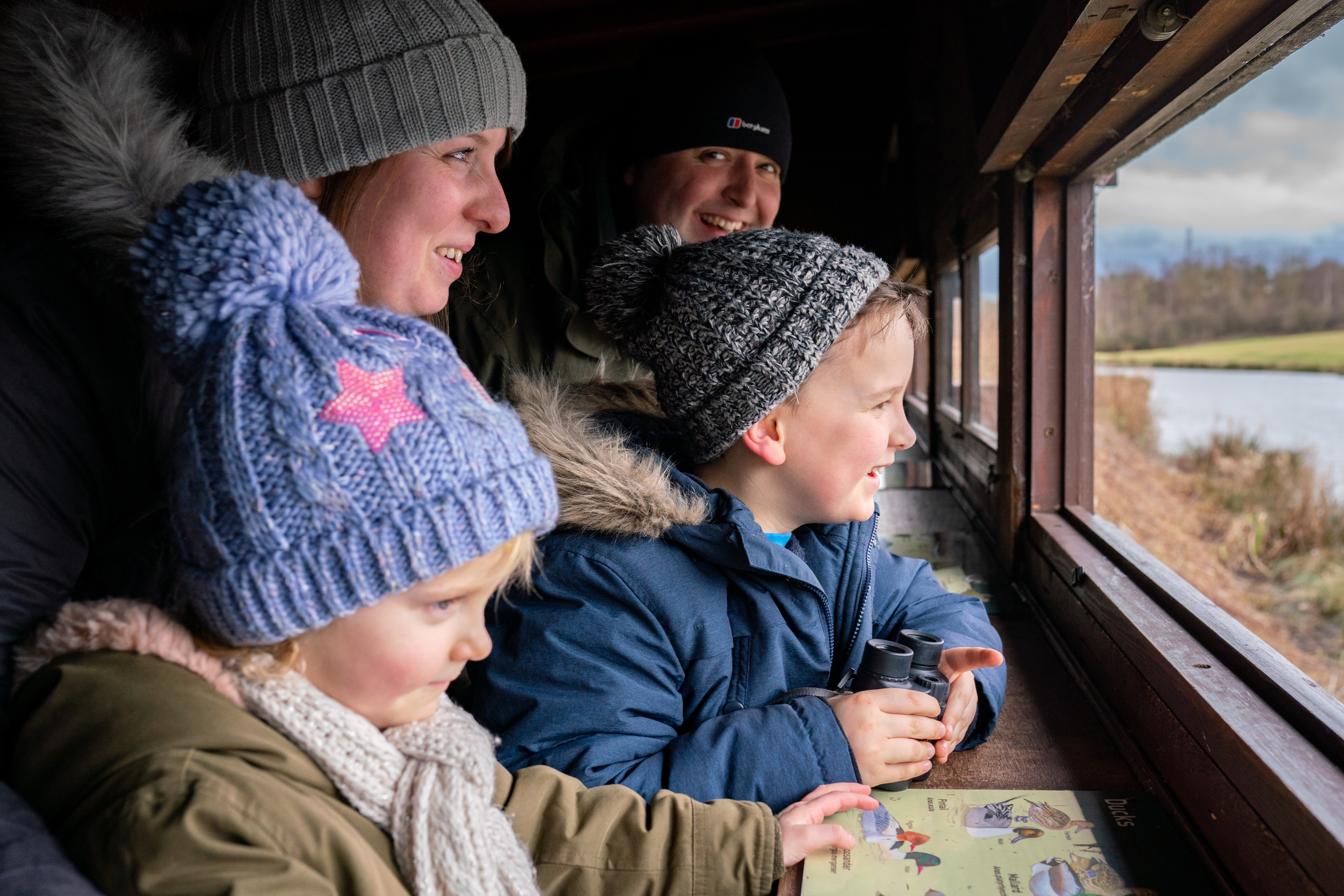Stream Channel - Drawn to Water top tips
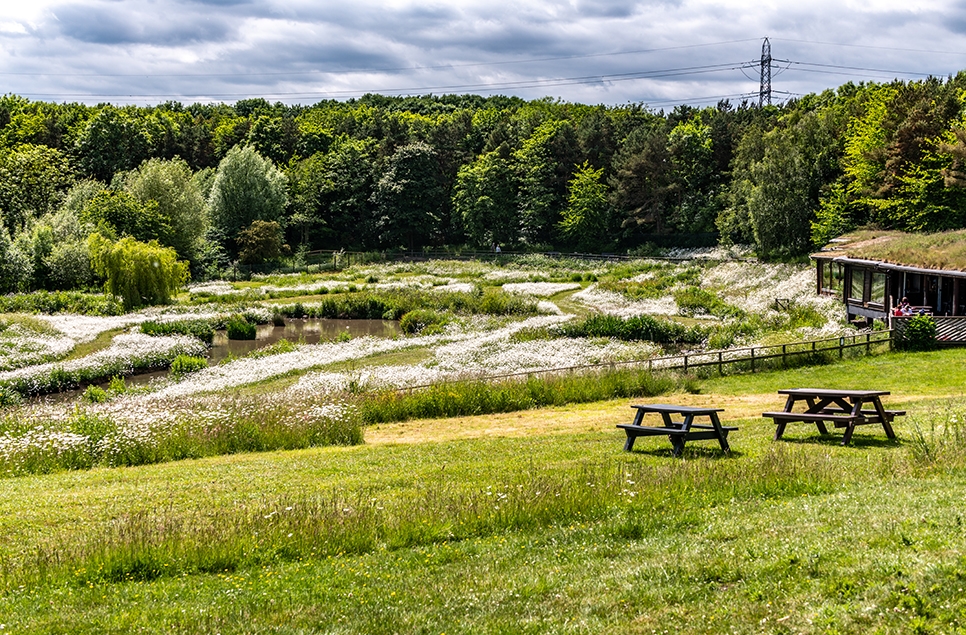
Our Stream Channel is a hive of activity, full of flowering plants, swaying trees, buzzing insects and exciting bird life.
For many visitors who walk past this area, it is merely a corridor to get out onto our wider reserve. To that we say: 'you don't know what you're missing!'.
Our Drawn to Water guide is a great way to highlight key areas of our collection and wild reserve that are often overlooked. With many spots to stop, look and listen; you'll discover there's so much more to most places than first meets the eye (and ear!). It's all about pausing and taking a while to enjoy the array of nature that envelops you from the start of each and every visit to Washington Wetland Centre.
Said to be the most wild exhibit within our living collection, the Stream Channel has the 'wow' factor. As the first habitat that visitors encounter, it has a wonderful multi-layer perspective. There are herbs and other plants in the foreground providing homes for thousands of insects; our collection species surrounded by mixed-height vegetation making up the middle ground, and a variety of trees providing a backdrop, along with distant views of the hills and Penshaw Monument beyond. It's a real treat to see.
It's colour palette is a treat no matter what time of year you visit - in summer, yellow flag iris, ox-eye daisies and lavender are just a few of the flowers on show, while swaying trees offer the opportunity to observe passing birds as they shelter and feed.
There's literally a buzz around the Stream Channel - here's some of our top tips for things to look out for and great ways to enjoy them:
Stream channel highlights
Our collection birds are pretty special. Common cranes displaying with their loud calls that can carry for 2 miles are a highlight, while barnacle and white-fronted geese entertain with their grazing and waddling behaviour. Common shelduck can also be seen swimming and preening on warm sunny days!
Rosemary and lavender plants come into their own in summer and you can't escape their fragrance as you walk out of the visitor centre. Brush them with your hands for that extra scent burst. Thousands of insects thrive on these plants, and hundreds of bees, butterflies, beetles and even dragonflies enjoy this space.
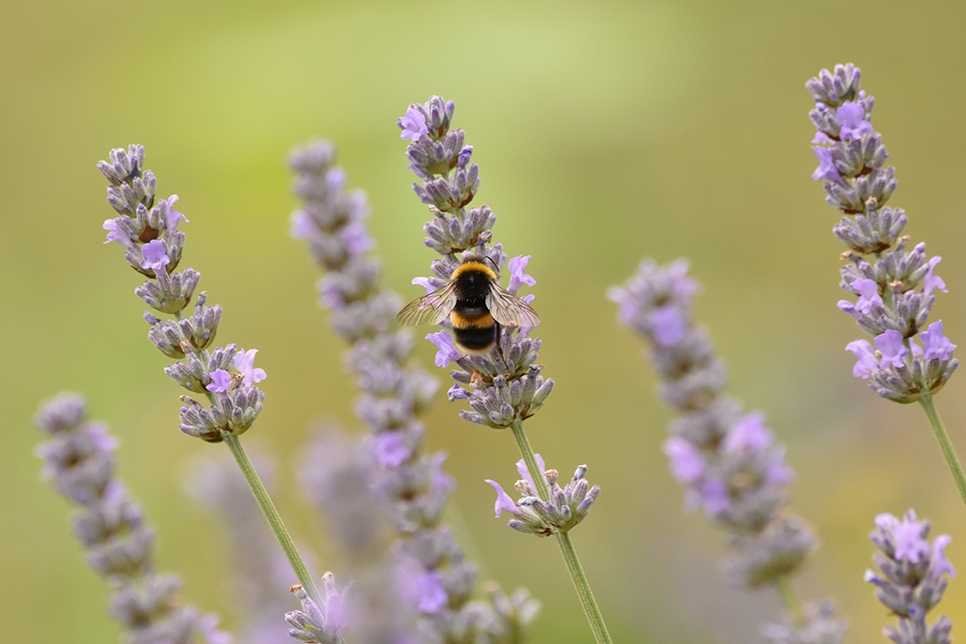
Willow and cherry trees in the background of the Stream Channel entice passing birds to rest. Chiffchaff can often be heard calling here, while recently fledged mistle thrush can be seen learning how to forage. Kestrel, grey heron and jay are also frequent visitors, so it's well worth checking the trees just in case!
Did you know, the Stream Channel is also viewable from our cafe? So if you fancy enjoying the vista and seeing the wildlife here with a hot cuppa or spot of lunch, it's there for the taking!
3 ways to slow down your experience
- Read a book - find a bench or quiet spot on the picnic lawn around the Stream Channel and enjoy reading a book. This is a great way to listen for different bird calls, buzzing insects and wind-blown trees.
- Take a sketchbook and draw or paint - nothing is more mindful than letting your creativity flow. Perch and find an area of interest, an animal or a flower perhaps, and see where your pencil takes you!
- If you're visiting with children, a great way to slow them down is to spot insects. Pick up a bug spotters guide and search on the flowers and plants around the path edges for a whole world of mini wildlife!
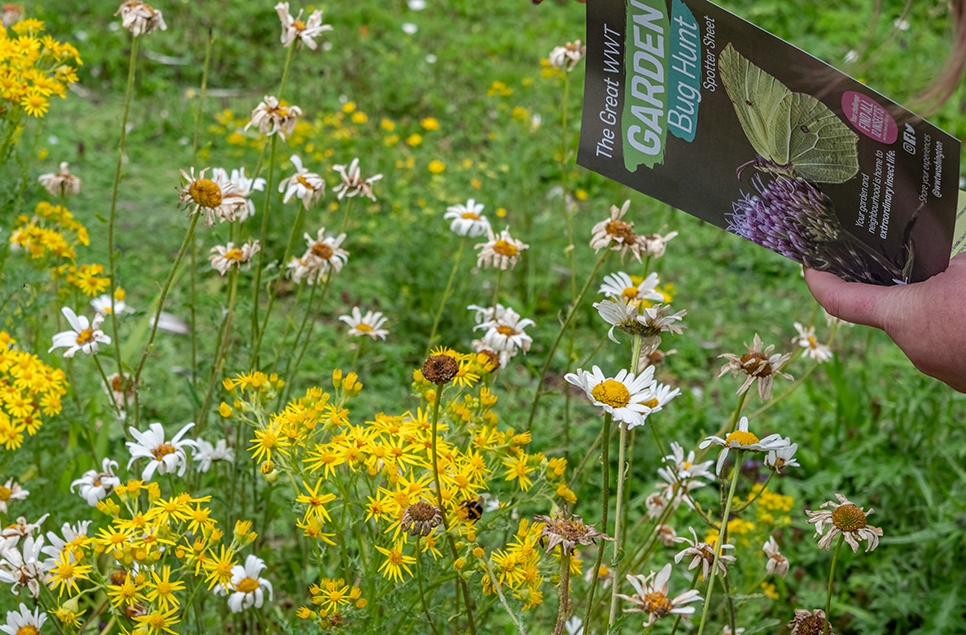
Ready to visit?
If you've been inspired to explore Washington Wetland Centre and explore our Stream Channel, find out more and plan your visit online.
Plan your visit